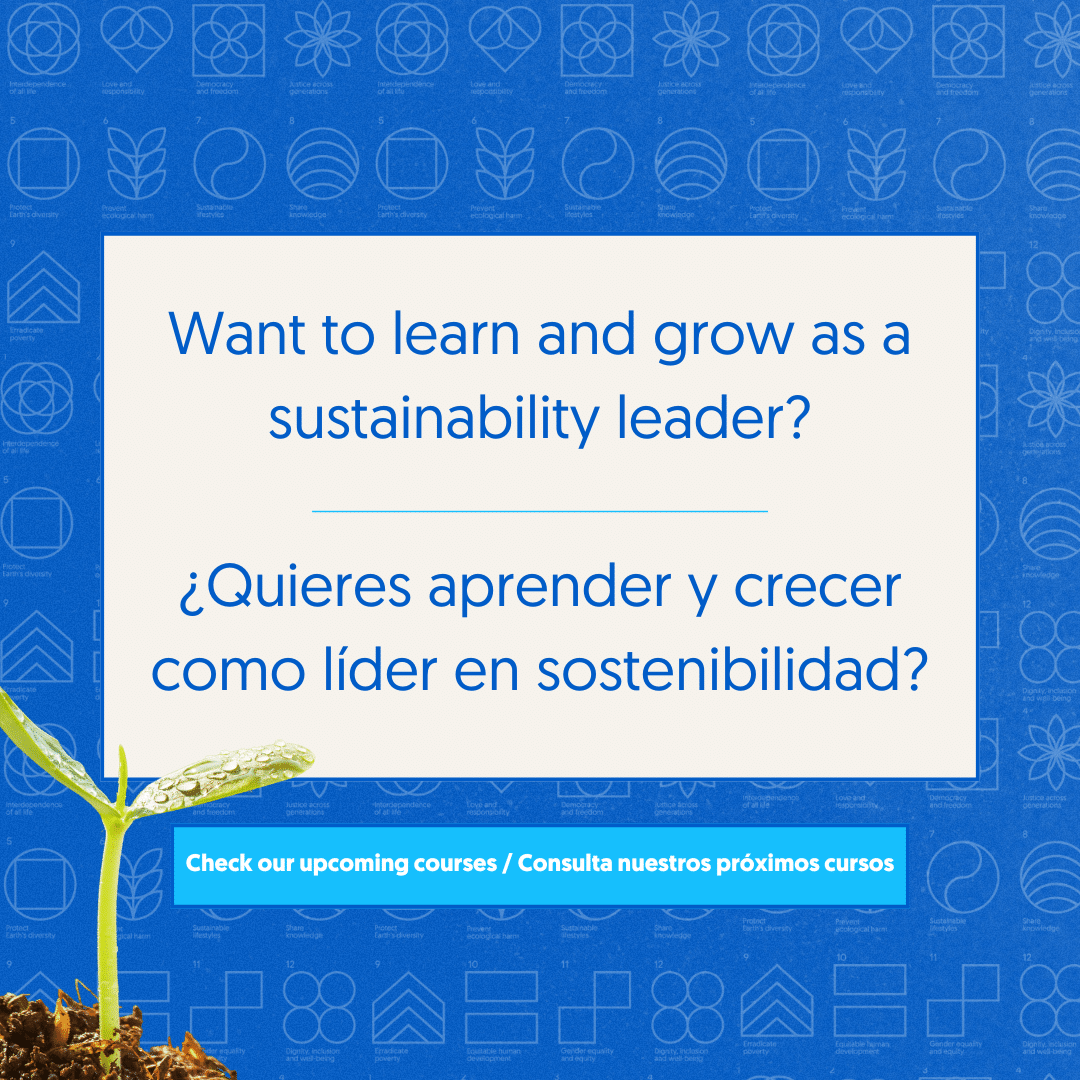Article by: Alicia Jimenez, staff member of ECI Secretariat
 The University of Granada is a recognized institution of higher education, founded in 1531 by the Emperor Charles V. With 60,000 students, it is the fourth largest university in Spain. At the Faculty of Education, a research group of academics have been for 10 years using the Earth Charter as an instrument to seek transformative educational experiences, in undergraduate, Masters and Doctoral courses. Also, several of these professors have been writing articles in scientific journals of education where they give an account of their experiences and reflections on how to use the Earth Charter. Currently, this research group is called: “Emerging Values, Social Education and Educational Policies.”
The University of Granada is a recognized institution of higher education, founded in 1531 by the Emperor Charles V. With 60,000 students, it is the fourth largest university in Spain. At the Faculty of Education, a research group of academics have been for 10 years using the Earth Charter as an instrument to seek transformative educational experiences, in undergraduate, Masters and Doctoral courses. Also, several of these professors have been writing articles in scientific journals of education where they give an account of their experiences and reflections on how to use the Earth Charter. Currently, this research group is called: “Emerging Values, Social Education and Educational Policies.”
As a requisite for my doctoral studies I had to undertake an internship at a university outside of Costa Rica. I chose the University of Granada, because I was interested in knowing more about the pedagogical approaches that professors there have been using, and, to get to know more the students and the specific context in this institution. During my visit at this University in October 2018, I had the opportunity to meet and have conversations with professors of this research group, and carry out the following activities:
October 10: Workshop with graduate students of education. This was a workshop that I organized with Prof. Miguel Martínez, with a duration of 4 hours, in which 30 students participated. Many of these students did not know the Earth Charter, so it was important to introduce it, because later on in their courses, they will be able to delve into some aspects of it. We discussed in depth some educational experiences that have used the Earth Charter, which I presented on video, and had the opportunity to identify educational objectives that the Charter could help to achieve.
October 15: Presentation of the Earth Charter to 80 undergraduate students of education (including students of social education and pre service teachers). The average age of this group was around 20 years, I liked that they showed so much interest asking many questions, especially around why the Earth Charter has not been widely adopted by most governments. Students concluded themselves that it is civil society that has to mobilize to look for the transformations that we want to see in our societies.
October 22: Professor José Conde organized a meeting with Sioux Chief Lee Plenty Wolf, in collaboration with an NGO called Mujeres Caminando la Paz. The purpose was to talk about water and environmental protection from a perspective of indigenous people spirituality. This meeting followed, on a smaller scale, an International Meeting organized by this group of academics from the Faculty of Education in 2011, called “Earth Charter and Education”. In this one, the Chief Ed McGaa Eagle Man shared about Native American spirituality to live in harmony with Mother Earth. The activity of 22 October had a duration of 2 hours, and I had the opportunity to present the Earth Charter.
One aspect that was revealing for me in this visit to the University of Granada is knowing that the Earth Charter has been an important tool that have allowed scholars of this institution to integrate aspects of ethics and spirituality in their classes and professional practice, something that is not easy to do in formal academic environments.
I also had the opportunity to learn more about Grian Cutanda, writer, storyteller, among many other activities he does, and who is currently organizing the Avalon Project and a publication of great interest for the Earth Charter movement: Stories from the Earth, a compilation of legends and traditional stories whose morals Grian has connected with principles of the Earth Charter. Stories and legends generate cultural changes, the purpose is to promote those stories that help a new worldview to emerge, one that is more holistic and guided by an ethic that seeks justice, peace and sustainability.







